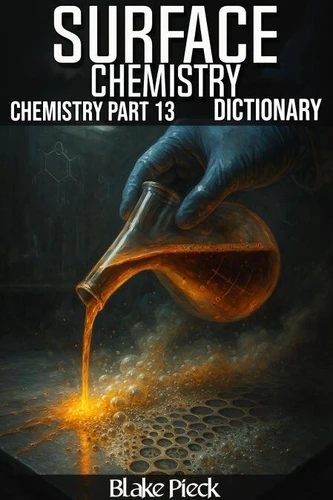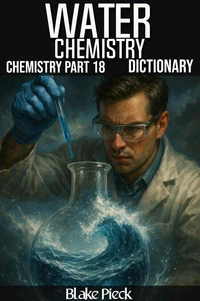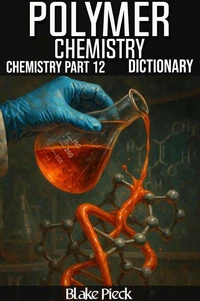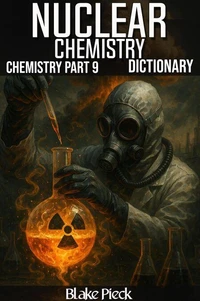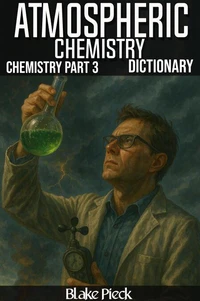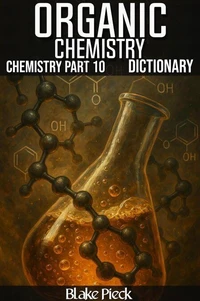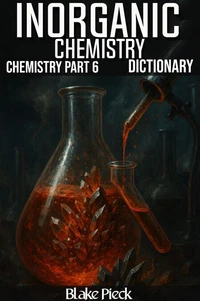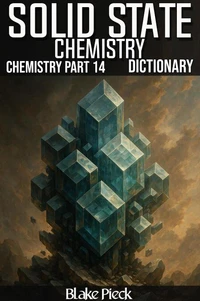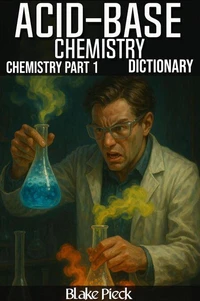Surface Chemistry - Chemistry Part 13 Dictionary. Grow Your Vocabulary
Par :Formats :
Disponible dans votre compte client Decitre ou Furet du Nord dès validation de votre commande. Le format ePub est :
- Compatible avec une lecture sur My Vivlio (smartphone, tablette, ordinateur)
- Compatible avec une lecture sur liseuses Vivlio
- Pour les liseuses autres que Vivlio, vous devez utiliser le logiciel Adobe Digital Edition. Non compatible avec la lecture sur les liseuses Kindle, Remarkable et Sony
 , qui est-ce ?
, qui est-ce ?Notre partenaire de plateforme de lecture numérique où vous retrouverez l'ensemble de vos ebooks gratuitement
Pour en savoir plus sur nos ebooks, consultez notre aide en ligne ici
- FormatePub
- ISBN8231357383
- EAN9798231357383
- Date de parution01/09/2025
- Protection num.pas de protection
- Infos supplémentairesepub
- ÉditeurWalzone Press
Résumé
Surface chemistry focuses on the reactions and interactions that take place at the boundary between phases. It studies adsorption, catalysis, colloids, and thin films, showing how processes at the molecular level influence large-scale behavior. From how detergents clean to how catalysts drive industrial reactions, surface chemistry reveals how much depends on the properties of interfaces. In the broader context of chemistry, this field bridges physical, inorganic, and materials science.
It links microscopic interactions with macroscopic outcomes, connecting laboratory studies with applications in energy storage, nanotechnology, medicine, and environmental science. By examining the chemistry of surfaces, learners see how small changes at boundaries can alter entire systems. This dictionary organizes the language of surface chemistry into clear and comprehensive entries. It includes definitions of adsorption isotherms, surface tension, colloidal stability, catalytic processes, and analytical methods for surface study.
Each entry offers context and explanation, supporting students in their studies, helping teachers guide learning, and giving professionals a dependable reference for research and practice. Studying through a dictionary format strengthens mastery of terminology, encouraging connections between related concepts and improving long-term retention. Surface chemistry is central to many modern technologies, from sensors and coatings to fuel cells and pharmaceuticals.
Gaining fluency in its vocabulary provides readers with the tools to understand and contribute to advances across science and industry.
It links microscopic interactions with macroscopic outcomes, connecting laboratory studies with applications in energy storage, nanotechnology, medicine, and environmental science. By examining the chemistry of surfaces, learners see how small changes at boundaries can alter entire systems. This dictionary organizes the language of surface chemistry into clear and comprehensive entries. It includes definitions of adsorption isotherms, surface tension, colloidal stability, catalytic processes, and analytical methods for surface study.
Each entry offers context and explanation, supporting students in their studies, helping teachers guide learning, and giving professionals a dependable reference for research and practice. Studying through a dictionary format strengthens mastery of terminology, encouraging connections between related concepts and improving long-term retention. Surface chemistry is central to many modern technologies, from sensors and coatings to fuel cells and pharmaceuticals.
Gaining fluency in its vocabulary provides readers with the tools to understand and contribute to advances across science and industry.
Surface chemistry focuses on the reactions and interactions that take place at the boundary between phases. It studies adsorption, catalysis, colloids, and thin films, showing how processes at the molecular level influence large-scale behavior. From how detergents clean to how catalysts drive industrial reactions, surface chemistry reveals how much depends on the properties of interfaces. In the broader context of chemistry, this field bridges physical, inorganic, and materials science.
It links microscopic interactions with macroscopic outcomes, connecting laboratory studies with applications in energy storage, nanotechnology, medicine, and environmental science. By examining the chemistry of surfaces, learners see how small changes at boundaries can alter entire systems. This dictionary organizes the language of surface chemistry into clear and comprehensive entries. It includes definitions of adsorption isotherms, surface tension, colloidal stability, catalytic processes, and analytical methods for surface study.
Each entry offers context and explanation, supporting students in their studies, helping teachers guide learning, and giving professionals a dependable reference for research and practice. Studying through a dictionary format strengthens mastery of terminology, encouraging connections between related concepts and improving long-term retention. Surface chemistry is central to many modern technologies, from sensors and coatings to fuel cells and pharmaceuticals.
Gaining fluency in its vocabulary provides readers with the tools to understand and contribute to advances across science and industry.
It links microscopic interactions with macroscopic outcomes, connecting laboratory studies with applications in energy storage, nanotechnology, medicine, and environmental science. By examining the chemistry of surfaces, learners see how small changes at boundaries can alter entire systems. This dictionary organizes the language of surface chemistry into clear and comprehensive entries. It includes definitions of adsorption isotherms, surface tension, colloidal stability, catalytic processes, and analytical methods for surface study.
Each entry offers context and explanation, supporting students in their studies, helping teachers guide learning, and giving professionals a dependable reference for research and practice. Studying through a dictionary format strengthens mastery of terminology, encouraging connections between related concepts and improving long-term retention. Surface chemistry is central to many modern technologies, from sensors and coatings to fuel cells and pharmaceuticals.
Gaining fluency in its vocabulary provides readers with the tools to understand and contribute to advances across science and industry.

